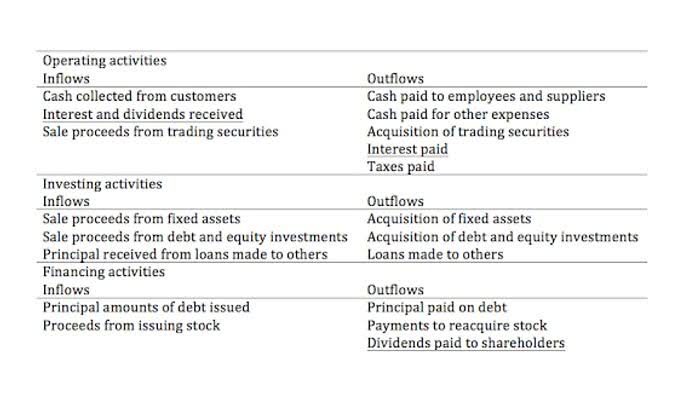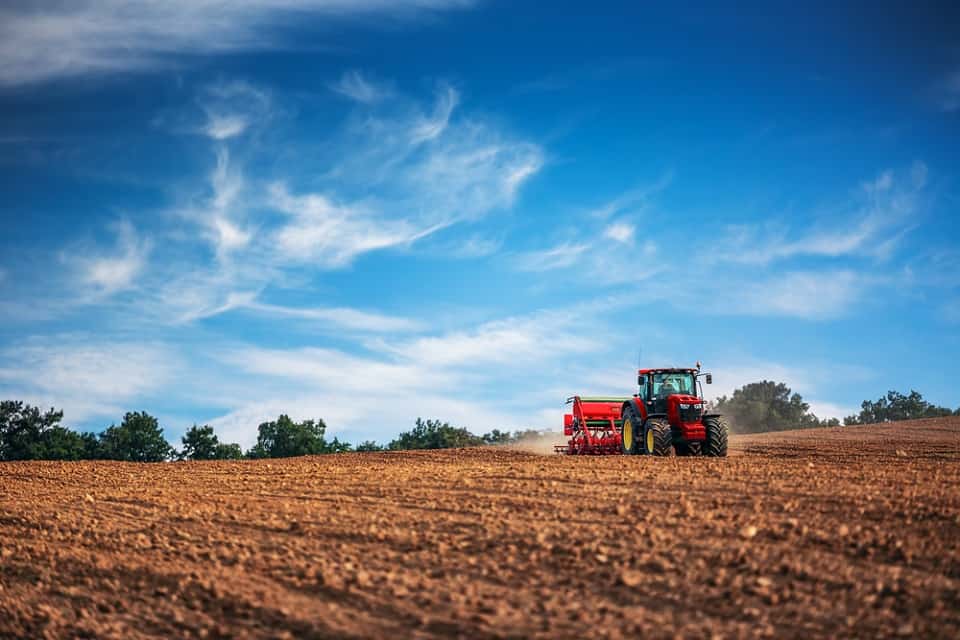
There are a number of reasons for this, starting with its complexity, coupled with a lack of resources and difficulty in seeing the cost-benefit of this approach, especially for SMEs. What’s more, in many companies, the financial and CSR departments are often separate, which further complicates the adoption of this type of integrated accounting. This is the role of socio-environmental accounting (SEA), including the Comprehensive Accounting in Respect of Ecology (CARE) model.
- We implement a new method of disaggregation of global land model results that allows greater comparability with GHG inventories.
- The estimates found here with the bookkeeping model BLUE and the LUH2 dataset (a 13 % decrease by neglecting shifting cultivation and 28 % decrease by neglecting wood harvest) are thus comparable in magnitude to previous studies, despite using a different modelling approach.
- If you’re ready to take bookkeeping off your plate and delegate this task to someone else, it can be hard to know where to look.
- (e) The effect of all ofthe parameters of OSCAR (using the weighted Monte Carlo ensemble).
- In all of these regions, adjusting BLUE partly or fully to HN2017 parameters does not obviously bring trends closer together, because a lowering of the 2000s FLUC in BLUE, which results from several of the factorial experiments, would lead to lower FLUC in earlier time periods as well.
- The baseline SSP4 scenario (SSP4-6.0) represents an evolution of progress with high agricultural productivity and environmental policies (reduced deforestation, re- and afforestation, etc.) in high-income countries and the opposite in low-income countries.
Lower land-use emissions responsible for increased net land carbon sink during the slow warming period

Table 2Overview of main experiments (first two rows; see also Table 1) and additional sensitivity experiments (third to fifth rows). The first column gives the abbreviation of the experiment type described in the second https://www.bookstime.com/ column, and the last three columns provide reference simulations for the uncertainty analysis (more information in Fig. 3). If not specified otherwise, simulations are conducted with all three starting years (850, 1700 and 1850) and simulated for HI, REG and LO.
Improved ORCHIDEE model with sub-grid land cohorts

The cumulative net LULCC flux exhibits a reduced sensitivity to LULCC uncertainty with starting year 1850 (compare vertical spread of blue markers in the LULCC column) since the input data have smaller uncertainty in more recent years (Fig. A1). At the same time, the largest estimates of the cumulative net LULCC flux comparing experiments with different StYr are produced in simulations from 1850 (second column). The net cumulative LULCC flux is more sensitive to the LULCC uncertainty (22 % range in flux) and less sensitive to the starting year of the simulation (15 %). The magnitude of the net LULCC flux of HI – REG is often not the same as the REG – LO difference even though the variability of LULCC is asymmetric around REG.For the standard setup (REG1700), the influence of LULCC uncertainty (HI1700 and LO1700) is about 3 times larger than the sensitivity to StYr (REG850, REG1850).
4 National wood harvest data update for GCB 2019
This discrepancy is hidden in our best-guessemissions that are rather even over the last 30 years. In terms ofcumulative emissions over the 1750–2018 period, however, results from the two datasets are in good agreement, with only a ±8 PgC (±4 %)discrepancy. 3c and d display the same source ofuncertainty but among different versions of each of the two main data sets.This variation, which is caused by updating the data sets, is visible, for instance,when comparing older versions of the GCB with one another. We find that thedifference among several versions of the same data set is of the same orderof magnitude as the difference between our two main data sets. For the LUH dataset, this is explained by several factors, from the simple update of thehistorical land cover data used as input (Klein Goldewijk et al., 2017;Klein Goldewijk et al., 2011) to the complete overhaul of how shiftingcultivation is estimated (Heinimann bookkeeping model et al., 2017).

5 show lower primary forestarea in high latitude locations, Southeast Asia, and China, as well as theCongo across all time periods after 1950. Higher primary forest area isshown around the year 2000 in some parts of Brazil. (b) Difference betweenglobal wood harvest of LUH2 v2h and LUH2-GCB2019 (LUH2 v2h – LUH2-GCB2019). With multiple versions of LUH2 datasets now being used for differentsynthesis studies, and multiple versions of key inputs to LUH2 also inexistence, it is important to have a documented record of these datasets andtheir intended uses, along with the methodology underlying each of them. Inthis paper we will describe and document the general approach for generatingthe LUH-GCB datasets, as well as specific details of the recent changes madeto the LUH2-GCB2019 dataset, and comparisons with previous LUH datasets. Finally, two ultimate adjustments are made after this entire processing procedure.First, if a DGVM lacks a given biome (such as cropland, pasture, or urban),all parameters but εharv and εgraz areassumed to be the same as those of the non-forest biome, with the exception of urban η that is then zero.
- (e) Bookkeeping LULCC emissions when the modelis driven by the LUH2-GCB2019 data set compared with BLUE estimates reportedby the GCB2019.
- A second notable difference in temporal dynamics can be observed in the 2000s, as has been shown by Bastos et al. (2020).
- Finally, feature (3) can be explained by the link between LULCC and the net LULCC flux.
- Accountants also provide other services, such as performing periodic audits or preparing ad-hoc management reports.
- The breakdown shows how this storage would have been split betweenvegetation and soil carbon pools, had it occurred.
- The differences are likely explained by the substantial changes that came in with the change from LUH1 to LUH2 versions, in particular the change to Heinimann et al. (2017) shifting cultivation maps.
- Almost no sensitivity of the net LULCC flux to the starting year of the model simulations remains.
- Accountants help businesses maintain accurate and timely records of their finances.
- The dashed gray lineswith markers show the debiased coefficients of variation (CVs), i.e., theratios of the debiased standard deviation over the average, and refer to they axis on the right-hand side of each panel.
- The same relation between biomass carbon simulated under fixed vs. transient climate is also shown for the TRENDY simulations, although our estimates suggest a stronger contribution of environmental processes to the IAV of carbon fluxes from vegetation.
- The differences in wood harvest inputs for the years2015–2019 between LUH2-GCB2019 and LUH2-GCB2020 resulted in some smalldifferences for primary and secondary land fractions for those years.
The most important parts of doing your own bookkeeping are staying organized and keeping track of the details. While there are a myriad of courses available for bookkeeper education and training, a good deal of bookkeepers are self-taught since there are no required certifications needed to work as one. The skills needed to become a successful bookkeeper are often acquired through working in a career in the finance industry or even by balancing your personal budgets.


Given the local nature of shifting cultivation, we assumed that existing croplands were given a high priority to be put into fallow and most fallows were recycled within a certain rotation length (Supplementary Note 2). Taking a 20-year rotation length in the tropics33,34, accounting https://x.com/BooksTimeInc for shifting cultivation in ORCHIDEE (the SC-sensitivity run) yielded little new cropland being created after 1700, but generated 40% more secondary forests (Supplementary Fig. 12). As fallow secondary forests are constantly converted to cropland in shifting agriculture, simulated Efire and Elegacy were higher in the SC-sensitivity run than in the baseline simulation. Despite an increase in Srecov consistent with the increase in secondary forest area, ELUC remained higher in the SC-sensitivity run (Supplementary Fig. 13).

Comentarios recientes